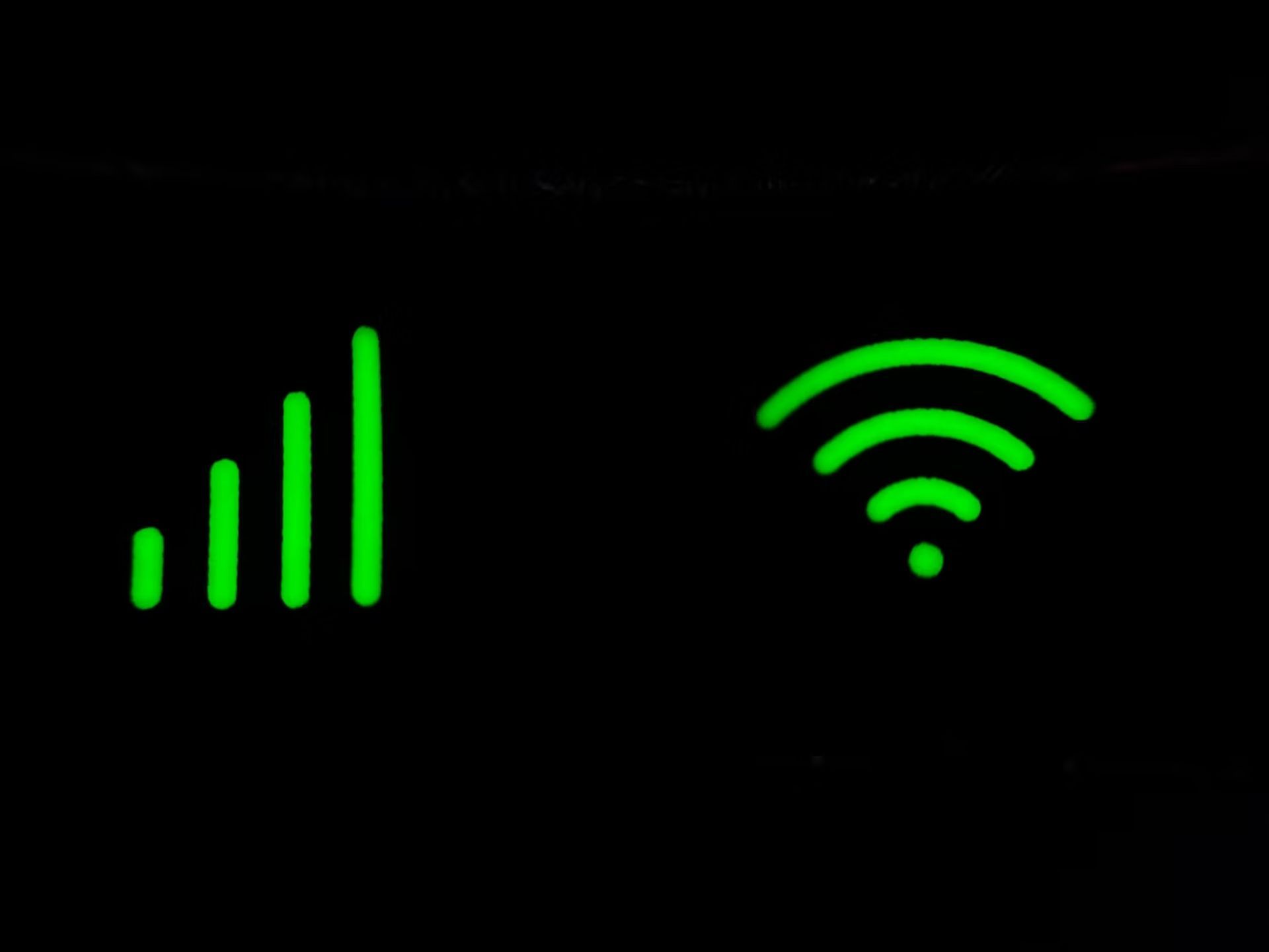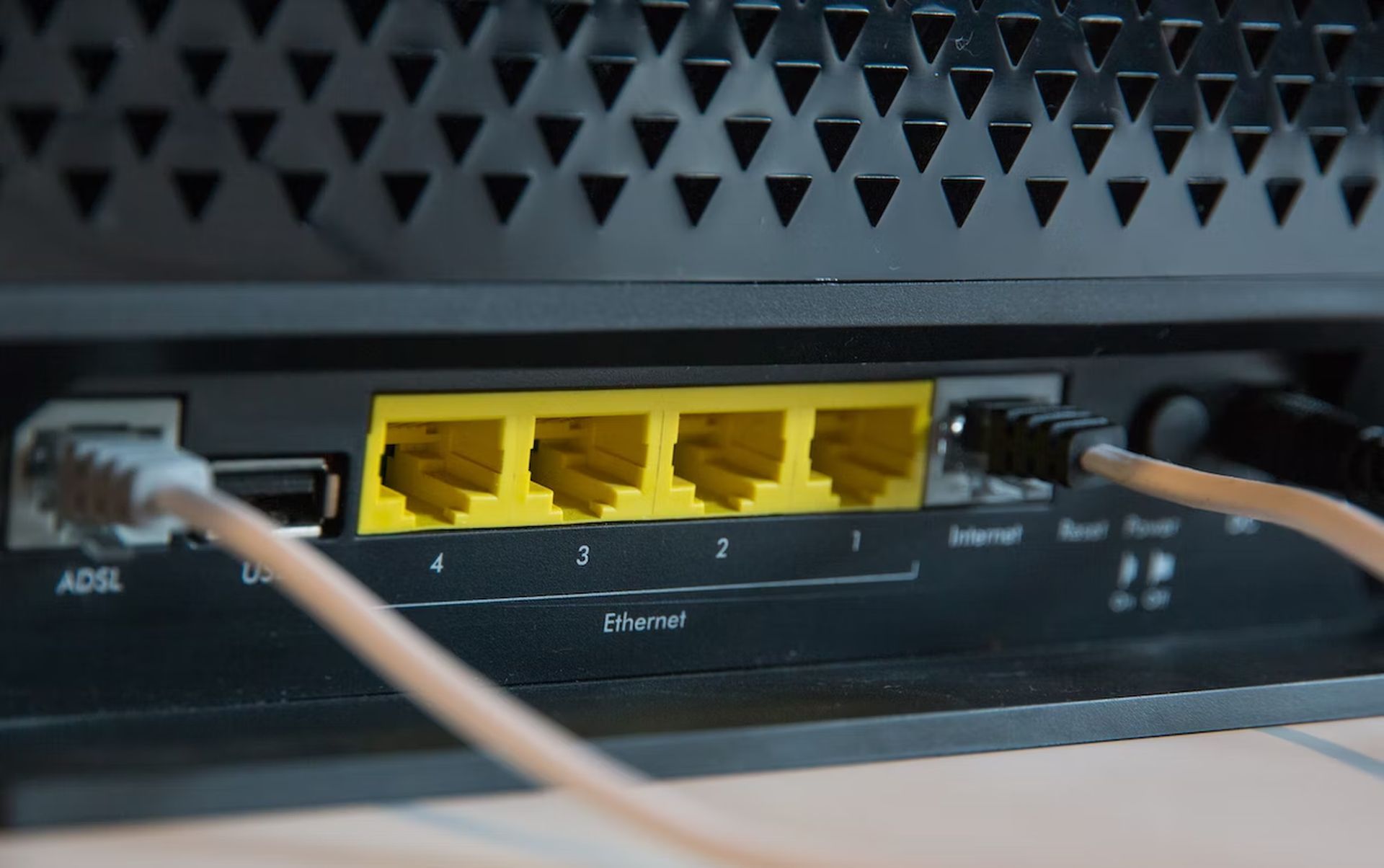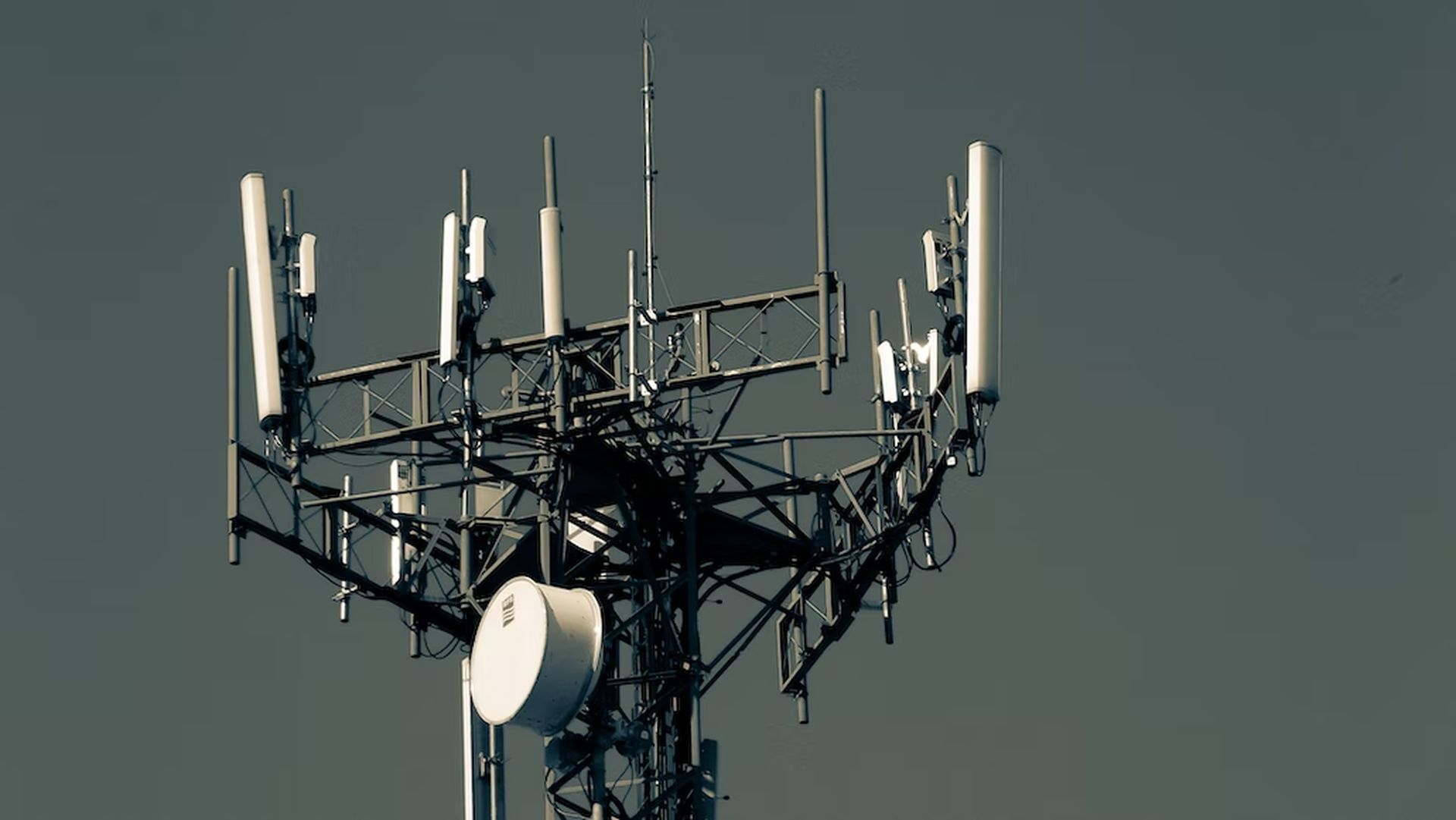Due to the fragmented nature of IoT deployments, organizations can select from a wide range of IoT connectivity standards. IoT enables the creation of new business models, and product offers as well as digital transformation. Billions of IoT devices can be connected by expanding on current cellular networks, which will help you remain relevant to your customers, generate new revenue streams, and provide your clients with a competitive edge.
Although IoT is becoming widely used and connected devices are increasing quickly, the market environment is still fragmented. In order to provide the network performance required for a wide range of evolving IoT use cases, applications, and device types, connectivity for new business models must be flexible and agile.
Table of Contents
What is IoT connectivity?
The methods used to link IoT devices—methods such as applications, sensors, trackers, gateways, and network routers—are often referred to as IoT connectivity. The phrase “IoT connectivity” is also frequently used in the IoT sector to refer to the specific IoT network solutions that can support this form of connectivity. These include, but are not limited to, WiFi, cellular, and LPWAN.

We frequently break down IoT connectivity options into three factors when determining which one is best for you or your company: bandwidth capacity (speed), coverage area, and power consumption. Finding a connectivity option for an IoT connection that prioritizes all three elements can be challenging. Therefore it’s crucial to know your connectivity needs before choosing an IoT connectivity option.
The era of IoT devices
The Internet of Things has made it possible for the physical and digital worlds to interact and collaborate. Enabling firms to automate and streamline their regular processes, it provides them with a host of advantages.
The workplace is changing due to technology. Our daily lives already contain billions of devices. They converse with one another. They communicate with corporate data streams. Additionally, they are increasingly shaping and controlling the environment in real-time to deliver unthinkable outcomes only a few years ago.
IoT gateway: The veins of connected devices
The Internet of Things (IoT), which involves objects communicating with one another either directly or through the cloud, is quickly developing. In addition, data streams are becoming less exclusive and more open, while sensor technology is becoming smaller, more effective, and more affordable. These developments in software, data mining, machine learning, and artificial intelligence (AI) promise to deepen our understanding of the relationship between the facility and organizational performance as well as that between the facility and human performance.
Building an IoT ecosystem
In order to shape, manage, and commercialize a mega-digital platform like IoT, digital ecosystems made up of numerous companies and technologies are required. Macro trends like IoT are not only driven by a single company or invention. IoT ecosystems and platform providers have a very synergistic connection, with new opportunities being created as a result of the overall benefits to all parties.
The massive amounts of data generated by connected devices, which are expected to number 13.7 billion by 2021, are already leaving an enduring imprint on the digital landscape and driving up demand for platforms like 5G high-speed mobile networks and real-time data management and analytics in the cloud.

A network of businesses known as an IoT ecosystem powers the development and provision of IoT goods and services. The interdependencies between IoT ecosystem players are becoming more crucial and complex as IoT systems become more complex and specialized.
The advantages of being a part of a robust IoT ecosystem are numerous:
- Collaboration enables a business to set itself apart from rivals by utilizing the skills and assets of its partners. Selling into brand-new verticals that would not otherwise be possible, for instance.
- Third-party offerings can address product portfolio gaps, enhancing a company’s ability to launch IoT systems more quickly, mitigate risk, and lower upfront Capex by spreading the investment across various market participants.
- Because each partner brings a unique set of consumer ties to the table, partnerships frequently boost market reach and adoption rate. Making the proper alliances also frees up time and funds that can be used to advance IoT innovation and value generation.
Enterprises frequently seek a full end-to-end IoT solution, necessitating the involvement and integration of technologies and/or services from numerous industry participants. To cut down on IT overhead while deploying new IoT systems, many major IoT deployments can entail interactions between more than a dozen actors across one or perhaps several ecosystems. It is significantly simpler for a business to adopt and operate comprehensive IoT systems for a stronger competitive edge when these partner ecosystems are strategically established.
Data processing in IoT
Although the data processing cycle begins in the input stage, we should first consider the desired result. What queries, in other words, ought to be addressed with the aid of IoT? What kind of data are we looking for?
One example of a use case is receiving an alert whenever the temperature of a manufacturing machine exceeds a threshold limit.
Once we are certain of the desired outcome, we must figure out how to get there. In order to be transformed into the information we need, the data gathered by the sensor devices need to be stored in a suitable format.
As an illustration, when a machine is operating, we could periodically receive data (for instance, every 10 minutes). We might wish to utilize that information to determine how many hours have passed since the last service on the machine. By seeing trends in that data, we could predict when a certain number of hours will be reached if consumption stays constant.

We should spend money on a scalable cloud service to be able to store the data due to the possibly enormous amount of data that our sensors capture. Having said that, we must also create a data retention strategy and acknowledge that it is illogical to retain all IoT data indefinitely. The cost of storing data increases as we accumulate more of it and hold it for longer. On the other hand, less data equals fewer historical allusions and insights. As a result, we must set priorities and strike a balance between the amount of data we want to store and our budget.
Before implementing data processing, it’s crucial to determine a suitable balance between resource use and update frequency (e.g., calculation capacity, power). The IoT use case dictates exactly what constitutes a “good balance.”
The history of data processing technology
In certain use scenarios, it’s crucial to understand immediately how the result is affected by the data gathered. Real-time data processing in IoT is necessary for this. However, it can be quite resource-intensive. In certain other use cases, processing the gathered data just once a day, for instance, is sufficient.
So far, we have employed sensor devices to gather the data, a network solution to transfer the data to a cloud service, and a data transformation process to turn the data into usable information. It’s now time to show the findings to the user.
IoT connectivity examples
The type of IoT connectivity a company makes will determine whether a new IoT project succeeds or fails. When an organization needs an IoT connectivity mechanism, factors like battery life, network coverage, and cost all come into play.
IoT connectivity technologies
Without connectivity, the Internet of Things (IoT) would not be possible. A device within an IoT ecosystem will only function if it is connected to other devices and IoT technologies, similar to how a sink is connected to a water line or a lamp plugged into an outlet. Fortunately, there are a variety of IoT connectivity technologies available. Understanding your needs for bandwidth, range, and power consumption will help you choose the best one.

Let’s explore the most popular IoT connectivity technologies and application cases.
Fixed connection with Ethernet
Ethernet connections were one of the earliest techniques businesses used to connect an IoT device to a network. They remain a good option for hefty devices that don’t need to move from a fixed place. The quantity of cabling used in a wired deployment can be reduced by using Power over Ethernet, a technique that transports electrical currents through data cables rather than power cords.
LPWAN’s ability to support lots of sensors
In the Internet of Things, low-power WAN IoT protocols are used to wirelessly transmit small quantities of data from specialized base stations to sensors and devices.
The LPWAN technologies LoRa, short for long range and supported by chipmaker Semtech and Sigfox, are most frequently used by businesses. Both LoRa and Sigfox support their bidirectional communications using unlicensed industrial, scientific, and medical bands, which include the 868 MHz band in Europe, the 915 MHz spectrum in North America, and the 433 MHz frequency in Asia.
In urban deployments, both LoRa and Sigfox offer a realistic range of about 10 kilometers (km), and in open rural areas with fewer skyscrapers, their range is more than twice that.
IIoT and edge computing are gaining traction in many industries
Both Sigfox and Semtech provide gateways to make the deployment of their own technologies as private networks simple and affordable. These LPWAN technologies have received a lot of attention for usage in IoT deployments in commercial buildings and industrial sites that house thousands of sensors and other IoT devices.
In terms of LPWAN technologies, LoRa is in the lead, partly because a startup named Helium has launched a DIY IoT network based on the LoRaWAN technology across North America and Europe.
IoT cellular connectivity
IoT cellular connectivity has gained significant traction globally, with 2G and 3G enabling several pioneering IoT applications. With 4G services, more devices per cell may enable more bandwidth, lower latency, and improved device density. The introduction of 5G networks, initially made possible by the 5G New Radio (NR) standard, will further improve these by enabling Ultra-Reliable Low Latency Communications (URLLC), which will support more and more crucial applications.
Therefore, cellular IoT is able to fulfill both the comparatively straightforward needs of the Massive IoT market and the highly unique, delicate requirements of complicated surroundings and applications.

In addition to mobile network operators, the cellular IoT ecosystem is quickly growing and is supported by an increasing number of device, chipset, module, and network infrastructure vendors. It is founded on world 3GPP standards. It performs better than other Low Power Wide Area (LPWA) network technologies in terms of unparalleled global coverage, Quality of Service, scalability, security, and the flexibility to handle the different requirements for a wide range of use cases.
Satellite makes it possible to access inaccessible zones
For IoT devices, satellites provide genuinely omnipresent coverage since they may connect to devices with little to no ground-based IoT connectivity. A satellite link is required if a company needs IoT coverage in the middle of the ocean. IoT devices can already be connected globally using geostationary satellites, which orbit 23,000 miles above the globe. As businesses like SpaceX begin to launch enormous constellations of mini-satellites that are aimed at the IoT sector, low earth orbit satellites are likewise becoming more and more popular.
WiFi for enterprises
WiFi serves as a connection method for Internet of Things (IoT) devices such as sensors, security cameras, and IoT units for homes and businesses.
One of the most widely used wireless networking choices worldwide is WiFi. Real-world ranges in the unlicensed 2.4 GHz and 5 GHz bands peak at about 410 feet from the access point. 2.4 GHz connections are capable of 150 Mbps data rates and have improved throughput through solid things like walls. For IoT devices in offices or other structures, businesses would utilize 2.4 GHz. Data speeds of about 1 Gbps can be supported via 5 GHz links. The WiFi signal’s range is reduced by around 50% unless the company strengthens the signal on the 5 GHz band.
For the 2.4 GHz or 5 GHz bands, the typical WiFi battery life is eight to nine hours. Office computers and smartphones can use that battery lifespan, but sensors and Internet of Things (IoT) devices need weeks, months, or even years of battery life.
IoT connectivity protocols
When constructing a network to support an IoT ecosystem, technology professionals have a variety of communication protocols to choose from. The following are the most typical.
Bluetooth and BLE
Short-wavelength, ultrahigh-frequency radio waves are used in the short-range wireless technology known as Bluetooth. Although it was initially primarily used for audio streaming, it has since evolved into a crucial enabler of wireless and linked devices. As a result, both IoT installations and personal area networks frequently use this low-power, short-range IoT connectivity option.
The new form of Bluetooth that is best for Internet of Things connections is Bluetooth Low Energy, also referred to as Bluetooth LE or BLE. True to its name, BLE uses less power than standard Bluetooth, making it especially appealing in many use cases, including smart home and health and fitness trackers for consumers and in-store navigation for businesses.
LoRa and LoRaWAN
Long-range communication capabilities are provided via the noncellular wireless technology known as LoRa, also known as long-range. For M2M and Internet of Things deployments, it has low power consumption and secure data transmission. It is currently a part of Semtech’s radio frequency platform and is a proprietary technology. Semtech was a founding member of the LoRa Alliance, which today oversees LoRa technology. Additionally, the LoRa Alliance created and currently manages LoRaWAN, an open cloud-based protocol that permits LoRa communication between IoT devices.

WiFi
WiFi is a popular IoT protocol due to its widespread use in residential, commercial, and industrial facilities. It can analyze massive volumes of data and allows quick data transfer. With short- to medium-range distances, LAN situations are particularly well-suited for WiFi. In addition, WiFi has a number of standards, the most popular of which is 802.11n, which gives technicians different alternatives for deployment.
For various IoT use cases, particularly those involving low-power/battery-powered devices, many WiFi standards, including the one frequently used in houses, consume too much power. Because of this, WiFi is not an option for all deployments. WiFi’s low range and poor scalability are additional factors that make it impractical for use in many IoT deployments.
Cellular
Cellular is one of the most popular and commonly used solutions for IoT applications. It is also one of the finest deployment options where communications span greater distances. The 2G and 3G legacy cellular standards are currently being phased out, but 4G/LTE and 5G, which are newer high-speed standards, are quickly expanding their coverage areas thanks to telecommunications companies. High bandwidth and dependable communication are provided by cellular. It has the ability to send large amounts of data, which is crucial for many IoT deployments. However, these features are more expensive and use more energy than alternative options.
CoAP
Constrained Application Protocol, or CoAP, was introduced in 2013 by the Internet Engineering Task Force Constrained RESTful Environments Working Group after it was developed to function with HTTP-based IoT systems. User Datagram Protocol is used by CoAP to create secure connections and permit data transmission between numerous sites. CoAP enables constrained devices to join an IoT environment, even in the presence of low bandwidth, low availability, and/or low-energy devices, and is frequently used for machine-to-machine (M2M) applications.
AMQP
The abbreviation AMQP stands for Advanced Message Queuing Protocol, an open standard protocol used for middleware that is more message-oriented. As a result, independent of the message brokers or platforms being utilized, it facilitates messaging compatibility between systems. Even over distances or via subpar networks, it provides stability, security, and interoperability. Even when systems are not simultaneously available, it facilitates communications.

LWM2M
Lightweight M2M (LWM2M), according to OMA SpecWorks, is “a device management protocol designed for sensor networks and the demands of an M2M environment.” This communication protocol is a viable choice for low-power devices with constrained processing and storage capabilities because it was created expressly for remote device management and telemetry in IoT contexts and other M2M applications.
MQTT
Originally created in 1999 and called Message Queuing Telemetry Transport, it is now simply known as MQTT. This protocol no longer uses message queuing. A publish-subscribe architecture is used by MQTT to support M2M communication. Its straightforward messaging architecture facilitates communication between numerous devices and operates with restricted hardware.
It was created to function in low-bandwidth environments, including those where sensors and mobile devices are connected to shaky networks. Due to its ability to connect small-code devices, it is frequently chosen for wireless networks with varying levels of latency brought on by bandwidth restrictions or erratic connections. The most popular open-source protocol for tying together IoT and industrial IoT devices is MQTT, which originally existed as a proprietary protocol.
DDS
Data Distribution Service was created by the Object Management Group (OMG) for real-time systems. A middleware protocol and API standard for data-centric communication, DDS is described by OMG as “integrating the components of a system together, providing low-latency data connectivity, extreme reliability, and scalable architecture that business and mission-critical IoT applications need. Using a publish-subscribe structure, this M2M standard provides high-performance and highly scalable real-time data communication.
XMPP
Extensible Messaging and Presence Protocol (XMPP), originally developed by the open-source Jabber community in the early 2000s for real-time human-to-human conversation, is currently utilized for M2M communication in lightweight middleware and for routing XML data. XMPP is most frequently used for consumer-focused IoT implementations, such as smart appliances, and facilitates the real-time exchange of structured yet extensible data between numerous entities on a network. The XMPP Standards Foundation supports it as being open source.

Zigbee
One of the most widely used mesh network protocols in IoT contexts, Zigbee, was created for use in building and home automation. Zigbee is a low-power, short-range protocol that can be used to spread communication over numerous devices. Although it has a lesser data rate than BLE, its range is greater than BLE’s. It offers a flexible, self-organizing mesh, ultralow power, and a selection of applications and is governed by the Zigbee Alliance.
Z-Wave
Z-Wave is a wireless mesh network communication protocol based on low-power radio frequency technology, which is another exclusive choice. Z-Wave, like Bluetooth and WiFi, enables encrypted communication between smart devices, adding a layer of security to the IoT deployment. It is frequently utilized in commercial applications, including energy management technology, home automation goods, and security systems. In the United States, it uses a radio frequency of 908.42 MHz, albeit its frequencies differ from country to country. The Z-Wave Alliance, a member consortium dedicated to improving the technology and interoperability of Z-Wave-using devices, supports Z-Wave.
IoT connectivity options
Because there are so many options and they are so varied, the constantly changing IoT connectivity landscape is currently concentrating on meeting the demands of data-intensive environments found in both consumer and industrial Internet of Things applications. The ideal universal IoT connectivity solution would have extremely low power consumption for the devices, be capable of swiftly transmitting enormous amounts of data over great distances, and be offered at costs that would allow smart businesses to continue to be profitable.
AI and big data are the driving forces behind Industry 4.0
The sad reality is that no current or near-future communication protocol will be able to accommodate all potential smart applications without granting them any compromises in terms of the aforementioned essential IoT connectivity factors, given the inherent heterogeneity of use cases within the Internet of Things.
So, in order to identify the optimum solution for a particular project, it is always necessary to compromise between the three basic connection factors of range, bandwidth, and power consumption. In order to choose the ideal connection network for your smart organization, you must be able to recognize your project’s requirements at every stage of its deployment and have a thorough understanding of your IoT use case’s details. In order to help you understand the trade-offs provided by the most common network technologies, here is a list of the most widely used connectivity solutions used in the Internet of Things.
How to choose the right IoT connectivity option?
The term “IoT connectivity” refers to the interconnection of every component of the IoT ecosystem, including sensors, gateways, routers, platforms, applications, and other systems. It often refers to various network systems classified according to their bandwidth, range, and power requirements. The requirements for IoT projects vary, and many of them use various connectivity methods depending on their requirements.

You can better define your needs, make more informed decisions, and start your smart project on the right foot with the assistance of this succinct overview of IoT connectivity options.
The importance of choosing the right IoT connectivity option
Because there is so much at stake, is the straightforward response? With its limitless potential, the Internet of Things, a massive technology that combines the digital and physical worlds to offer a smarter future, continues to draw market participants and investments. There is a growing need to look for killer market differentiators that would give an extra edge to if only slightly, get ahead of the competing crowd as the competition among commercial and industrial IoT-driven enterprises soars.
While there is always room for improvement in an Internet of Things deployment that involves the fusion of information and operational technology, it sometimes seems like connectivity is taken for granted. Many Internet of Things actors disregards the significance of having proper IoT connectivity due to the presence of widely used wireless technologies like cellular, WiFi, and Bluetooth. This can ultimately result in project failure due to the inability to control the rapidly expanding data deluge.
Therefore, carefully choosing the proper IoT connectivity solution is essential to any IoT project’s success because it lets you to control your smart data streams fully. In the end, connecting your assets through effective and interoperable IoT connectivity solutions may be the differentiating element needed to tip the scales of success in your favor.
IoT connectivity challenges
IoT has had some impact on how people live, interact, and conduct business. Billions of web-enabled devices are transforming the entire planet into a gigantic digital hub. IoT connectivity runs into a number of issues while attempting to create smarter homes, offices, cars, and other operations, including the following.
Scalability
As more devices are connected, the underlying infrastructure must be scalable. According to projections, 35.82 billion IoT devices will be installed globally in 2021 alone. As enterprises add more IoT connectivity devices, such as sensors, gateways, routers, or cameras, IoT growth also unleashes a tsunami of new types of data.
The scaling problem’s multiple facets include cost, complexity, and bandwidth effectiveness. Every second, 127 devices are connecting for the first time to the internet, according to McKinsey Digital. As a result, as the network expands, service providers, network operators, and other digital enablers need to implement an IoT connectivity solution to handle the maintenance and management workload.
Compatibility
As IoT grows, various solutions fight to become the standard, making integration challenging. Diverse operating systems, disjointed cloud services, and a dearth of standardized machine-to-machine (M2M) protocols can all cause compatibility problems.
For sustained compatibility, users must maintain their devices updated and patched. Performance problems can arise, for instance, when two IoT devices connect with each other and have various software versions. In relation to this, enabling data synchronization and interoperability between various smart devices in an IoT platform is challenging.

Security
Can you imagine an average Internet of Things device being targeted five minutes after going live? This trend is only anticipated to increase as more devices connect to the internet. According to Symantec, network routers account for the majority of cyberattacks against IoT devices, with each router receiving an average of 5,200 attacks per month.
In addition to the scalability and interoperability issues already highlighted, typical network security issues would also need to be solved for the IoT deployment to be successful. Access control, distributed denial of service (DDoS) attacks, device identity, personal data protection, authentication, and other confidentiality concerns are some of these. In order to provide end-to-end security, it is necessary to be able to make adjustments fast so that issues can be rectified before being exploited.
IoT connectivity providers
According to Gartner, these are the top 5 IoT connectivity providers:
The bottom line
The fragmented nature of IoT deployments means organizations can choose from many IoT connectivity standards. How to connect to IoT is one of the most important decisions when it comes to IoT. IoT connectivity should be selected based on carefully assessing each deployment’s characteristics. For some very high speeds, ultra-low latency connectivity is required.
This may lead to the adoption of 5G or 4G cellular IoT connectivity, but this decision must be balanced against the likely cost and power usage these technologies require. Low-speed connections that are not always on can be ideal for some simpler deployments, requiring smaller batteries and delivering IoT connectivity cost-effectively.



